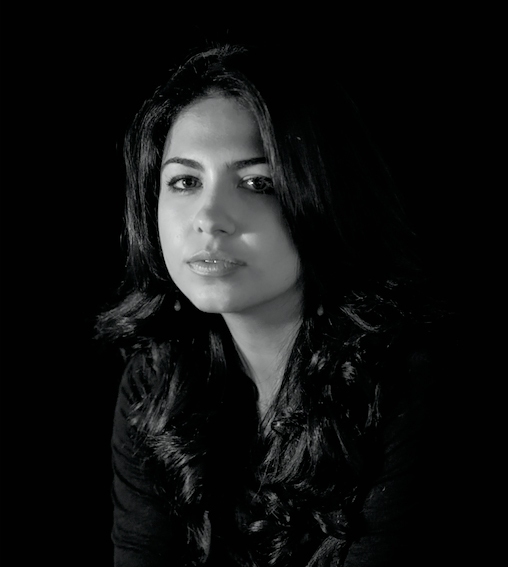Diana Markosian is an American and Russian artist of Armenian descent, working as a documentary photographer, writer, and filmmaker.
She is known for her photo essays, including
Inventing My Father, about her relationship with her father, and 1915, about the Armenian genocide.
Markosian was born in Moscow. In 1996, she moved to California with her mother and her brother, while her father remained in Russia. She had no contact with him until 23, when she found her father in Armenia, after 15 years of being apart.
Markosian graduated summa cum laude from the University of Oregon with a bachelor of arts in history and international studies in 2008, and earned a Master of Science from Columbia University's Graduate School of Journalism in 2010 at the age of 20.
In 2011, Markosian was sent to Azerbaijan as a photojournalist for
Bloomberg News, but she was denied entrance to the country, which was at war with Armenia at the time. Markosian is of Armenian descent but not a citizen of Armenia. The authorities said they couldn't provide her with the "security" she would need because of her Armenian last name.
Markosian began her career at 20. Her editorial and personal work has taken her to some of the most remote corners of the world. She worked on assignments for publications including
National Geographic Magazine,
The New Yorker and
The New York Times. For her first assignment for
National Geographic Magazine in 2015, she was commissioned to explore the power and legacy of the Virgin Mary. This ability to photograph
"things that are no longer there" has become a signature of her work. Her images have since been published by the
Financial Times,
World Policy Journal,
The New York Times,
Foreign Policy,
The Times,
Human Rights Watch,
Amnesty International, amongst other publications.
She won the Columbia School of Journalism's annual photography prize, and was chosen as a duPont Fellow. She was selected for the Joop Swart Masterclass from World Press Photo and was the winner of the Magnum Emerging Photographer Fund in 2013. In 2015, she was selected as the first recipient of the Chris Hondros Emerging Photographer Award. The same year, the
British Journal of Photography selected her in its global survey of "Ones to Watch". In 2016, Markosian became a nominee member of
Magnum Photos. In 2018, she was awarded the Elliott Erwitt Fellowship to travel to Cuba, where she documented the coming of age of young girls in Havana. The work she created was exhibited as a solo show at the Grand Palais in Paris Photo and Photo Espana. She was awarded 1st Place in Contemporary Issues from
World Press Photo for an image of Pura, a young girl who was diagnosed with a brain tumor as a child, and was photographed celebrating her quinceanera.
Source: Wikipedia
About 1915
"Holding a cane in his right hand, Movses Haneshyan, 105, slowly approaches a life-size landscape.
He pauses, looks at the image, and begins to sing, 'My home... My Armenia.'
It's the first time Movses is seeing his home in 98 years.
A century ago, the Ottomans initiated a policy of deportations, mass murder and rape to destroy the Armenian presence in the Ottoman Empire. By the war's end, more than a million people, from what is now modern-day Turkey, were eliminated.
It was one of first genocides of the 20th century, one that Turkish authorities deny to this day.
Movses and his father survived.
I traveled to Armenia to meet Movses and other survivors to ask them about their last memories of their early home. I then retraced their steps in Turkey to retrieve a piece of their lost homeland.
One hundred years after having fled his birthplace, Movses caresses its image, as if by holding it close he will be taken back to the place he called home many years ago.
This is his story, and those of other survivors.
A story of home - everything they had, everything they lost.
And what they have found again." --
Diana Markosian
